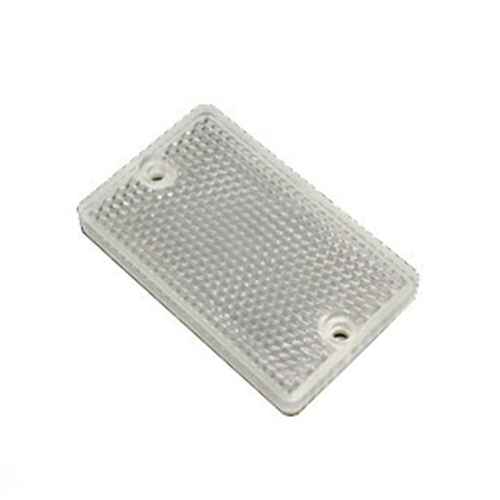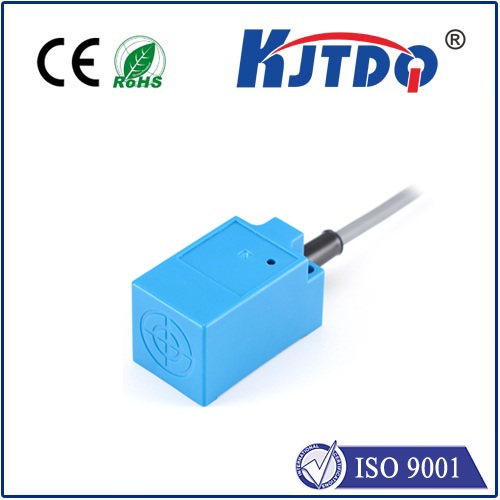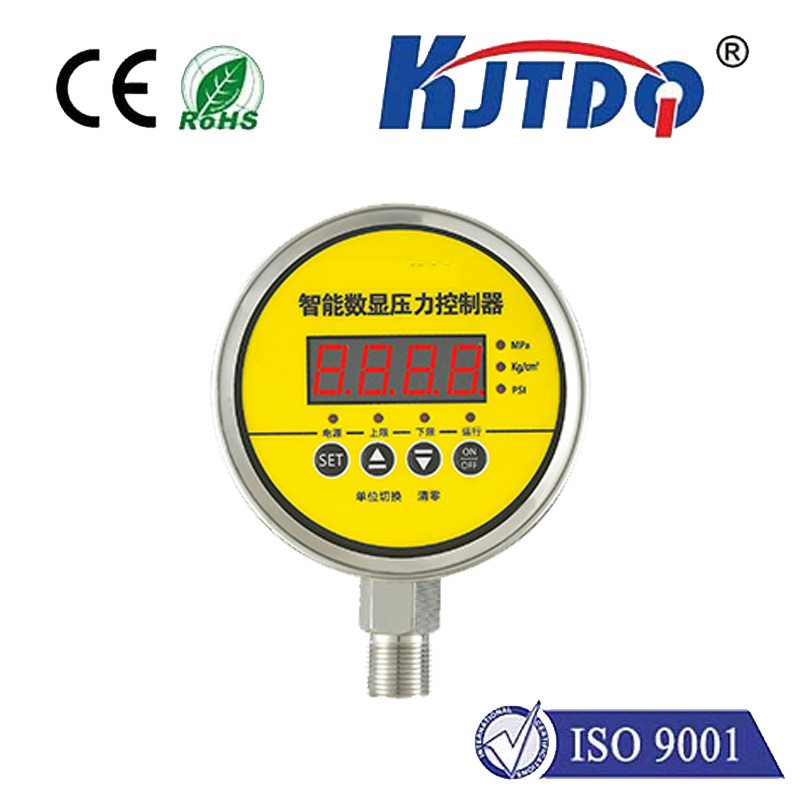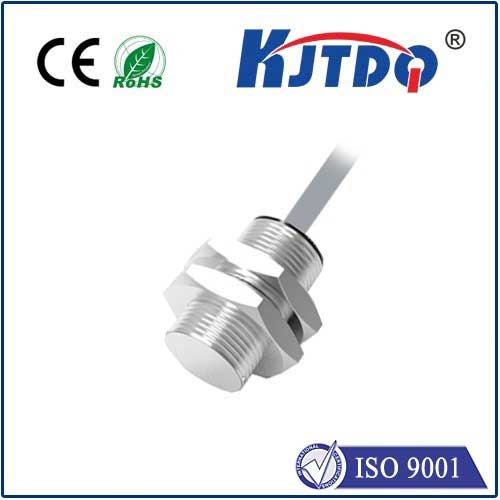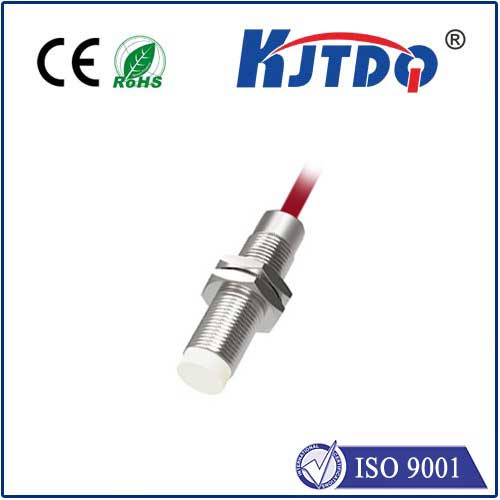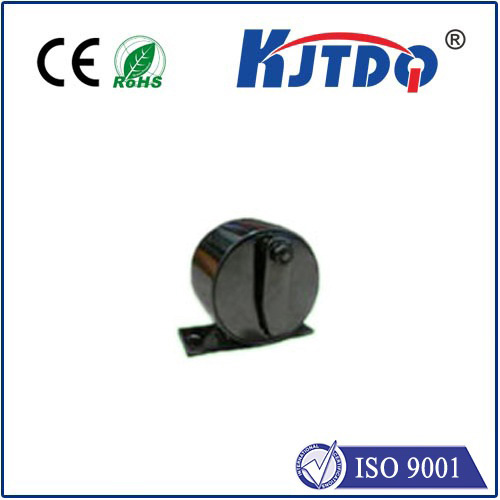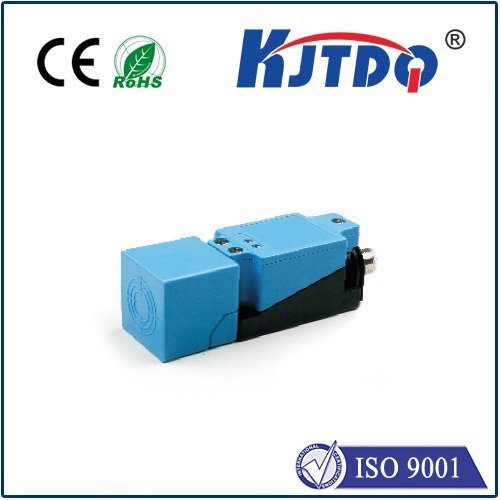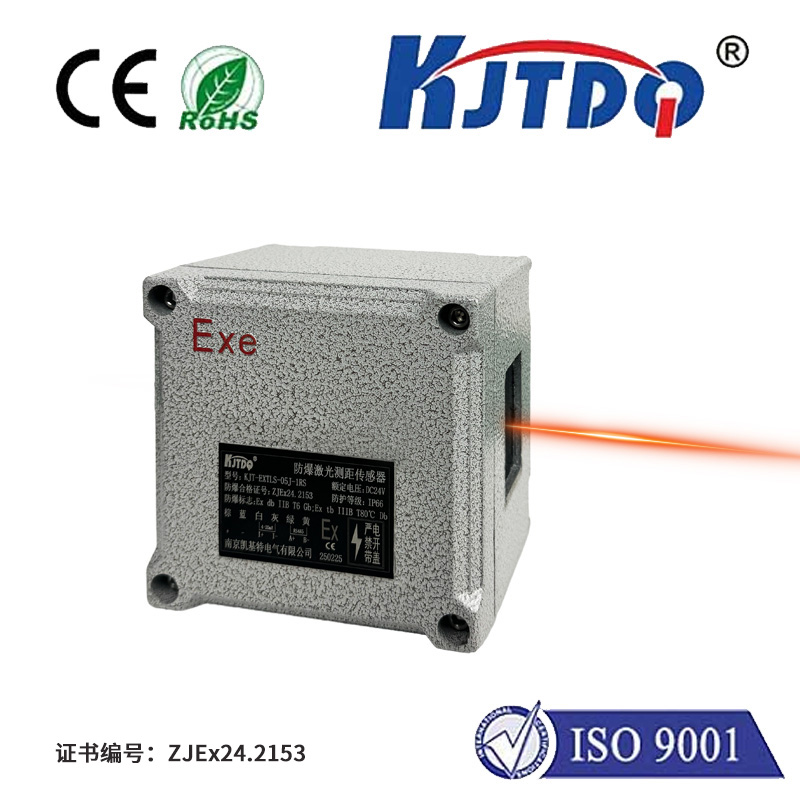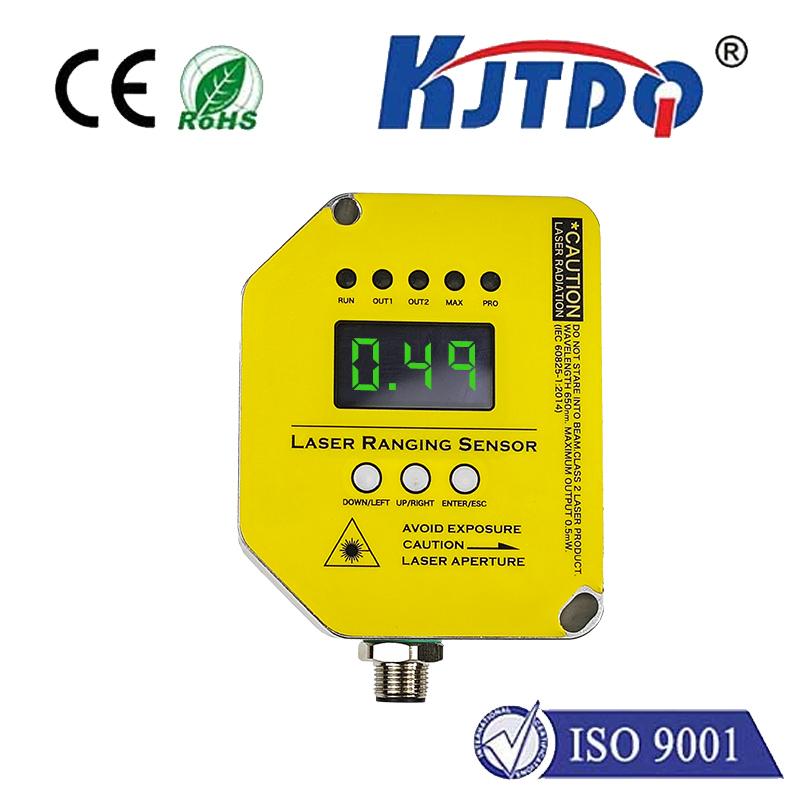

check

check

check

check

check

check

check

check

check

check
In recent years, high pressure proximity sensors have emerged as a groundbreaking technology that has transformed the way we interact with devices. These innovative sensors are capable of detecting objects at extremely high pressures without any physical contact. This makes them ideal for use in a wide range of applications, including automotive safety systems, medical devices, and industrial automation. In this article, we will explore the key features and benefits of high pressure proximity sensors and their potential impact on various industries.
The Working Principle of High Pressure Proximity Sensors
Unlike traditional proximity sensors that rely on infrared or electromagnetic radiation, high pressure proximity sensors use a unique approach to detect objects. They work by creating an air gap between two plates that are separated by a small distance. When an object is placed in close proximity to one of the plates, it creates a partial vacuum that causes a pressure differential across the air gap. This differential pressure is measured by the sensor, which sends a signal indicating the presence of the object.
The Advantages of High Pressure Proximity Sensors
There are several key advantages associated with high pressure proximity sensors over traditional proximity sensors. First and foremost, they offer superior accuracy and reliability due to their non-contact detection method. This means that they can detect objects even when they are covered by dirt, dust, or other obstacles. Additionally, high pressure proximity sensors are more durable than traditional sensors, as they do not require delicate components or complex electronics. Finally, they offer a higher degree of customization, as manufacturers can create sensors with specialized features such as different sizes, shapes, and materials.
Applications of High Pressure Proximity Sensors
The potential applications for high pressure proximity sensors are virtually limitless. One of the most promising areas of development is in the field of automotive safety systems. With the rise of autonomous cars, there is a growing need for sensors that can detect objects from great distances and at high speeds. High pressure proximity sensors offer an ideal solution in this regard, as they can detect objects at very high pressures without any physical contact with the vehicle. Other potential applications include medical devices, industrial automation, and robotics.
Conclusion
In conclusion, high pressure proximity sensors represent a significant breakthrough in the field of sensing technology. Their ability to detect objects at extremely high pressures without any physical contact offers numerous advantages over traditional sensors and has the potential to transform a wide range of industries. As research and development into these sensors continues, we can expect to see even more innovative applications emerge in the future.
